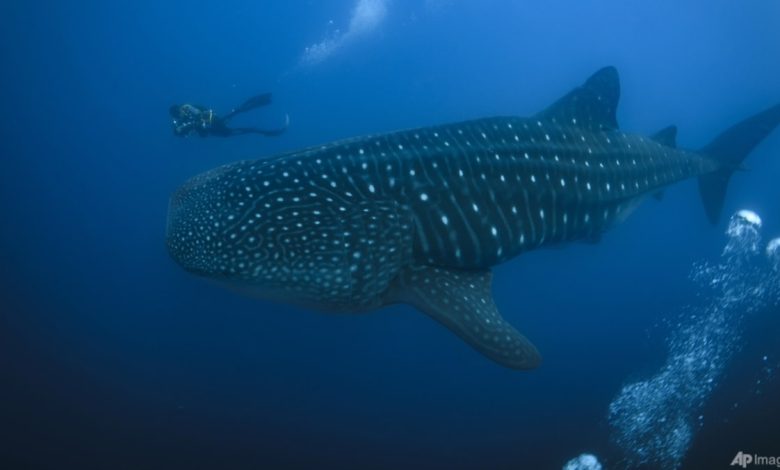The Galapagos Islands and many of their unique creatures are at risk from warming waters

As rising ocean temperatures threaten aquatic or seagoing life, on land there is a different problem. Feral animals – cats, dogs, pigs, goats and cattle, none of them native – are threatening the unique species of the islands.
After the COVID-19 pandemic, many people are abandoning the dogs and cats they wanted to keep them company, Cabezas said.
“If you don’t take care of them they become a problem and now it’s a shame to see dogs everywhere. We have a big problem right now I don’t know what we’re going to do,” she said.
The non-native animals are a special threat to the giant tortoises closely associated with the Galapagos. The tortoises declined dramatically in the 19th century due to hunting and poaching and authorities have worked to protect them from humans. It has been illegal to kill a giant tortoise since 1933.
“In one night, a feral pig can destroy all nesting sites in an area,” Carrión said. Park rangers try to visit areas with nesting sites once a day and kill pigs when they find them. But the pigs are elusive, Carrión said.
Feral cats feed on marine iguana hatchings and both pigs and cats compete for food with the tortoises.
If invasive species and warming oceans were not enough, plastic is also a widespread problem in the world’s oceans. A recent study reported microplastics in the bellies of Galapagos penguins.
“There are no animals in the Galapagos that do not have microplastics in their food,” Carrión said.





